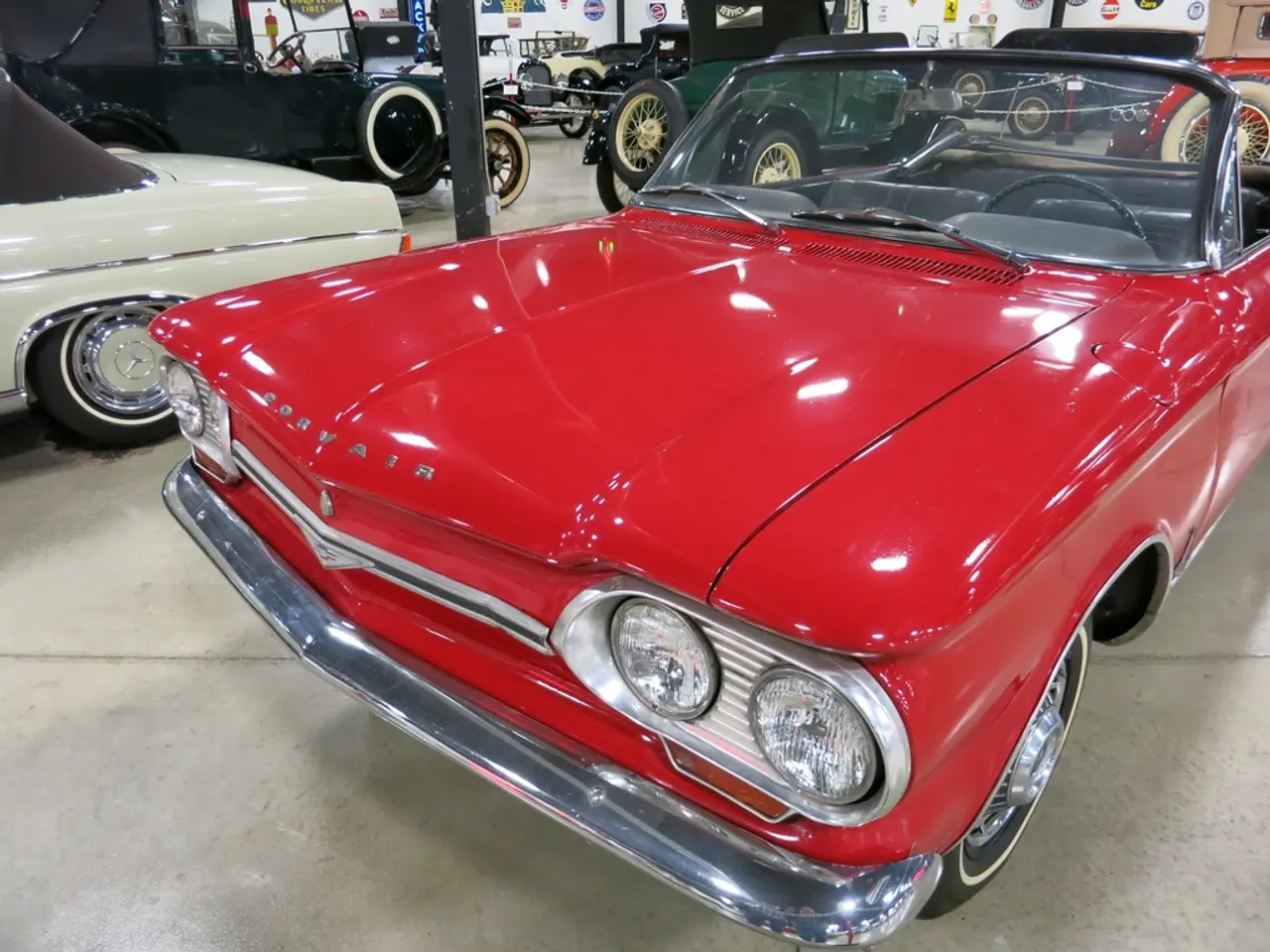Clock classification: What sets an antique and a vintage clock apart?
In the world of clock collecting, the terms "antique" and "vintage" are often used interchangeably, but they have distinct meanings. Here's a breakdown of these terms and their significance when referring to clocks.
Antique clocks are typically defined as clocks that are at least 100 years old. This age benchmark reflects a historical era and often carries craftsmanship and materials representative of that older time period. This 100-year threshold is widely accepted in legal definitions, such as those used by the U.S. government, and in the antiques market.
On the other hand, vintage clocks are generally those that are younger than antiques but still old enough to be representative of a bygone era, often from the 20th century, typically between 20 and 100 years old. Vintage pieces reflect the styles, trends, and technologies of their production period and are valued for their nostalgic and aesthetic qualities rather than solely for age.
The term "vintage" is not only about age but often implies a certain characteristic style or the "best and most typical characteristics" of a past period, sometimes implying quality or desirability. The terms can sometimes overlap colloquially, causing confusion, but in formal appraisal or legal terms, the age cutoff is a key differentiator.
In collecting and auction contexts, knowing whether a clock is vintage or antique impacts value, restoration approach, and market interest. For instance, the Junghans Astor-Quartz wristwatch, although quartz, is considered a highly collectible vintage timepiece by watch collectors.
It's important to note that the word "vintage" is not clearly defined, but it is generally used for items that are less than 100 years old but more than 30 years old. eBay, for example, defines vintage as a period that is less than 100 years but more than 30 years old.
The use of the word "vintage" in auctions is becoming more common, especially among sellers who know little about what they are offering. This can lead to confusion and misrepresentation.
In summary:
| Term | Age Range | Key Characteristics | |-----------|--------------------------|----------------------------------------------------| | Antique | 100+ years old | Historical significance, craftsmanship, rarity | | Vintage | 20 to 100 years old | Typical of its era/style, collectible nostalgia |
This distinction aligns with various sources and legal guidelines, especially the common acceptance of 100 years as the threshold for antiques, while vintage clocks fill the intermediate category.
Lifestyle enthusiasts often seek vintage clocks to add a touch of nostalgia and classic elegance to their home, reflecting the home-and-garden trend of blending contemporary aesthetics with vintage charm. In the realm of fashion-and-beauty, vintage timepieces like the Junghans Astor-Quartz wristwatch are coveted as unique, fashionable accessory pieces that showcase a sense of timeless style. These vintage finds, while having age as a common denominator, are not just about being old; they often epitomize the best and most typical characteristics of a bygone era, making them desirable collectibles for many.




